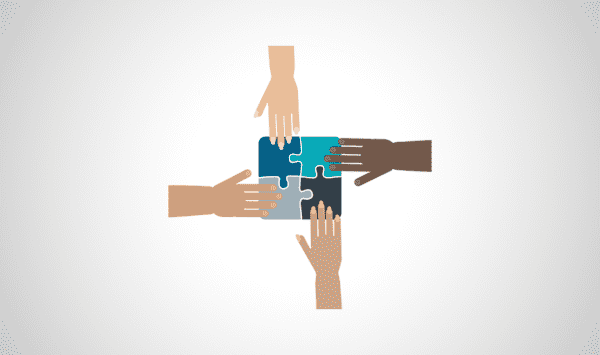
News media often under-represents certain communities. As a result, members of those communities can understandably feel slighted by media, a notion supported by Center for Media Engagement research that shows that Black Americans across the country, as well as residents in the West and South Sides of Chicago, feel that the media under-represents or poorly represents them. In our latest study, the Center for Media Engagement partnered with Dallas Free Press, a nonprofit news source, to explore how Dallas residents perceive the local media landscape.
The study focuses on the neighborhoods of West Dallas and South Dallas, two divested communities —communities that lack resources because government and society have not invested in them. We surveyed and interviewed residents in these areas to find out how they feel media represents their communities and how they think the media could better serve them. The results revealed several approaches journalists anywhere can take to connect with local communities.
Develop relationships in the community
Many study participants revealed that they had never communicated with a journalist. Further, more than a third of them had never seen a journalist engaging with people in their community. Though this points to a need for more journalistic investment in these communities, simply showing up is not enough to develop a meaningful relationship.
Under the pressure of a deadline, it can be tempting to grab a soundbite and move on. In order to best serve and understand communities, however, journalists should get to know the area and develop relationships with community members and organizations. One example shared by a participant was of a journalist who asked for a contact number and then regularly checked in to find out what was happening in the community.
Another concern shared by participants was that coverage of their neighborhood was too negative. By developing deeper relationships within the community, journalists will become more aware of potential stories, including those that lift up the residents. In the end, these relationships will serve not only the community, but also the reporter.
Be fair and consistent
Participants rated coverage of their own neighborhood or community as significantly less “accurate,” “authentic,” and “believable” than general coverage by Dallas news outlets. They felt that not all areas were covered the same way, particularly areas that were less affluent and more diverse in terms of race and ethnicity.
To address these issues, journalists should take steps to be fair and consistent and ensure that certain communities aren’t covered differently than others. Participants suggested using neutral language – avoiding descriptions that might be subjective or evoke certain emotions – while covering contentious situations. They also thought journalists should avoid specifying the race of a Black suspect if they would not specify race for a white suspect.
In addition to carefully considering the language used in coverage, journalists can more accurately represent communities by employing source diversity. Rather than continually relying on one community member, journalists should develop multiple sources in the area.
Be a community resource
Participants wanted news organizations to provide more information about community resources, such as where to get help for local problems or details about events happening in the area. When asked about their interest in various news topics, they rated interest in event coverage significantly higher than coverage of Dallas city government, schools, their neighborhood, community groups in their neighborhood, or racial injustice.
Addressing these interests provides people with the news they want as well as gives newsrooms an opportunity to cover positive community stories, which can help alleviate concerns that coverage of the area is too negative. These stories also benefit the communities by helping community members connect to each other.
Show empathy
Participants felt that coverage often sensationalized events happening in their community and left out key information about the story. They wanted journalists to focus more on the human perspective when telling difficult stories and urged them to imagine the situation was happening to someone in their family.
The need for empathy also applies when speaking to sources, particularly when covering tragic events. When asking for a quote, journalists should be gentle and keep in mind that the person may be deeply affected by the story.
Bottom Line
West Dallas and South Dallas residents generally felt that news coverage of their communities was lacking, did not accurately represent the area, and did not meet expectations. These feelings represent a larger need for newsrooms to connect with disinvested communities. The suggestions that arose from the interviews can be universally applied as a way to bridge divides between the media and local residents. In simplistic terms, the approaches suggest that journalists:
- Develop relationships in the community
- Be fair and consistent
- Be a community resource
- Show empathy
Journalists interested in reading more about the types of concerns raised in this study (and learning how to address them) can refer to these additional resources:
- News Distrust Among Black Americans is a Fixable Problem
- How Newsrooms Can Help Bridge Divides: Lessons from SXSW 2021
The full report is available on the Center for Media Engagement website.


